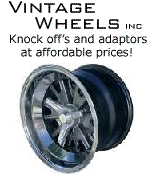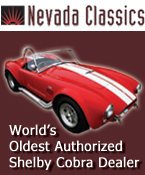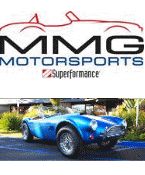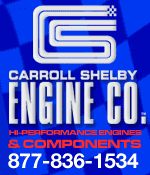
07-08-2002, 05:30 AM
|
|
CC Member

|
|
|
Join Date: Jun 2002
Location: Switzerland,
Posts: 24
|
|

 Not Ranked
Not Ranked
 Stroker engines
Stroker engines
Dear Cobra drivers,
I'm wondering what the advantages or maybe disadvantages of a stroker engine (289 to 351) compared to a stock 351 Cleveland or Windsor are. Who can explain it to me ? My Cobra is equipped with such a stroker engine and I'm more than happy with it - but I can't compare it with a stock 351 because I never drove one neither in a Cobra nor in a Mustang.
Many thanks and best regards from Switzerland,
__________________
Walter
|





















 Threaded Mode
Threaded Mode

